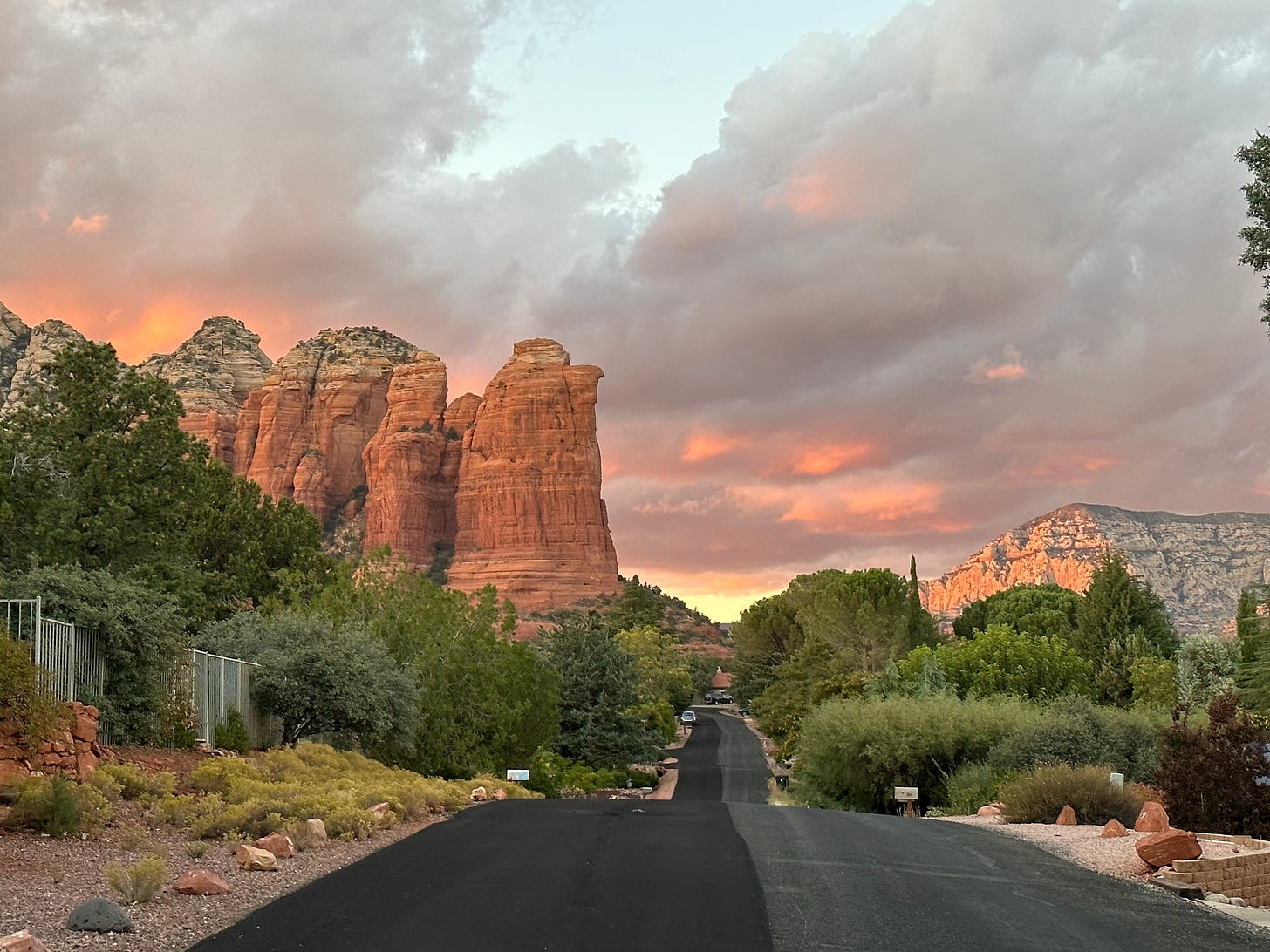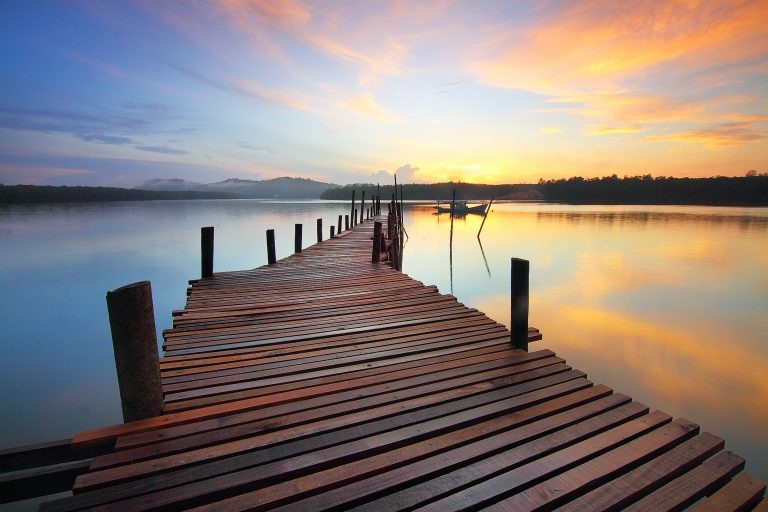During this season of Halloween, let’s take a moment to pause.
Like many of you, I grew up with the traditional Halloween celebration. But it always felt odd to me.
Maybe I was just an unusually introspective kid but it all seemed so random. We buy a costume we will wear for about an hour, walk to neighbors houses and knock on their doors even though it could be dangerous, and we deliberately scare and prank each other?
Although I enjoyed the candy, I didn’t appreciate the whole program.
We know that Halloween, like many modern-day celebrations, was co-opted from ancient pagan traditions honoring the earth and the natural cycles.
The church, knowing it would be too hard to forbid longstanding practices, deliberately decided to borrow from them to create something new and (in this case) largely meaningless.
This new pointless charade would move people away from the remembrances and practices tethering us to our roots to the earth.
Sacred becomes spectacle.
Fast forward a few hundred years and few even bothers to ask the questions anymore, so desperate are we to distract ourselves from the dysfunctional society we find ourselves in.
I’m not saying we can’t dress up and have fun, but the problem is when the fun replaces the sacred.
Even more concerning is when the fun is actually causing harm.
At a time when we humans desperately need to remember our deep connection and presence within the natural world, anything that disconnects us from that becomes problematic.
The more distracted we are, the more the well-funded, well-organized machines of ecocide can continue wringing the last bit of life out of this wondrous planet.
And we become complicit when we buy into the mindless consumption.
It’s our distraction and disconnection which allow this to happen.
In the specific case of Halloween, the holiday on which it was built has its roots in the ancient Celtic festival of Samhain (a Gaelic word pronounced “SAH-win”).
The transition of the natural cycles were holy times, with Samhain marking the transitions of summer to fall; a time when it was thought that the veils were thin between the worlds, the unseen presence of the ancestors honored.
Because written records from this time are sparse, we can’t know all the details about Samhain. Nov. 1 is traditionally the Celtic New Year, one of the most important days in their calendar.
I am careful about romanticizing past cultures, since all humans throughout history have made mistakes and had blind-spots unique to their time and place.
One thing almost all human cultures (prior to the past 150 years or so) have had in common is their deep and unshakable knowing of their inter-dependence with the natural world.
If the crops failed, they would starve. If the rains didn’t come, or came too early, or too hard, they would be at risk. They knew in a very visceral way that the rain, sun, wind, trees, and other beings were to be respected and honored, as our life doesn’t exist with them.
This is still true today, it’s just that we have forgotten.
To me, one of the worst parts of the co-optation of the earth-based honoring is when we create celebrations that not only don’t honor the earth, but they do harm.
Halloween Harm
Halloween has become a multi-billion dollar a year industry. With this much money involved, you know we will be encouraged to continue. Not many people are pointing out the downsides, and there are many.
The fake spider webs in particular are hazardous to wildlife and serve no useful purpose for us. They are made with non-biodegradable plastic and can entangle hummingbirds, owls, butterflies, bees, and others, leading to injury, starvation, or death by predation.
Since Halloween overlaps with key migration patterns, these artificial webs can be deadly for our winged friends who are already running out of habitat and threatened by our pesticides.
Even if your outdoor webs don’t capture any animals, they could still cause harm later, due to fibers being left behind and used in birds’ nests, or ingested by roaming animals.
Pumpkins
Another scary Halloween statistic is that around 1 billion pounds of pumpkins are sent to a landfill each year where they break down and emit methane gas. This gas is over 25 times more harmful to the Earth’s atmosphere than carbon dioxide.
Methane is a key contributor to climate change and reducing it is an urgent priority.
All these pumpkins take water to grow, take up space on the earth that could be used for growing actual food or left as open space for wildlife, use fossil fuels to transport. Have you ever asked why? Is there another way for us to have fun?
Plastics
One study estimated that around 2,000 tons of plastic waste is generated from disposable Halloween clothing in the UK alone. This doesn’t even account for other materials contained within costumes, only scratching the surface of the impact of this single day.
Sadly, while estimates for the US are difficult to come by, those figures are likely to be significantly higher as there a much larger population, and Americans on the whole tend to embrace Halloween enthusiastically with not only costumes but plastic yard decorations and other single-use plastic items.
Did you know that it is likely that plastic will NEVER completely biodegrade? It only gets smaller and smaller. So that cup or fork you use for one hour will be polluting the planet forever.
What can we do?
➡️ This isn’t about blame/shame or not having fun, it’s about raising awareness. I’ve engaged in every activity mentioned above (well, except for the plastic spider webs). And I understand that if you have kids and are busy, the path of least resistance is to just go with the conventional program.
With just a bit of care and attention, we can have fun while doing less harm to the planet. We can use thrift stores or things we already own for costumes.
We can forego the plastic yard decorations and delight in the simplicity of the night sky instead, or use decorations we find at a second-hand store which are already in the waste stream.
Turn a used cardboard box into a tombstone. Get creative with products you already have.
If we must buy a pumpkin, we can make sure it gets properly composted, or fed to animals.
Use an old pillowcase for a candy bag instead of a plastic bag.
If you’re entertaining, avoid single use anything (cups, forks, decorations, balloons etc.).
Keep the community, connection and fun while honoring our inter-connection with the natural world. A win-win.
Or you could opt-out altogether.
Withdrawing Consent
Next year, come walk with me into the mountains of Sedona and watch the pink of the sun set while the light dances off the canyon, making spectacular patterns of beauty.

We will wander the paths the wild animals use, intoxicated by the smell of pinyon pine.
When we tire we will rest on the ancient stones, inviting their wisdom to inform us as the sunlight from the day seeps from the rocks into our bones.
Feel your heart swell with peace as you remember who you are, and how you are not separate from these wonders.
Light a candle with me as we rest under the stars, meditating and doing ceremony to honor the ancestors.
Drop into deep reflection on how we can live in a way that honors the next 7 generation and all our relations, human and non-human.
Dance around a fire as humans have done for millenia, remembering our place in the family of earthlings; giving thanks for all our blessings, deeply content with the daily miracles, modeling this simplicity and gratitude for the next generation.
It might surprise you to know that there can be a deep satisfaction in these sacred traditions that is far more fulfilling than a sugar high or a night of escapism.
Here’s to small but ever-increasing awareness of the things that really matter. I’d love to hear about any sustainable shifts that you’ve made in the comments below. 🌏
Wishing you well and cheering us all on,
Erin

 Erin believes that narrow boxes are for shoes and not for people and she hopes you'll join her tribe on the mindful path to freedom!
Erin believes that narrow boxes are for shoes and not for people and she hopes you'll join her tribe on the mindful path to freedom!

